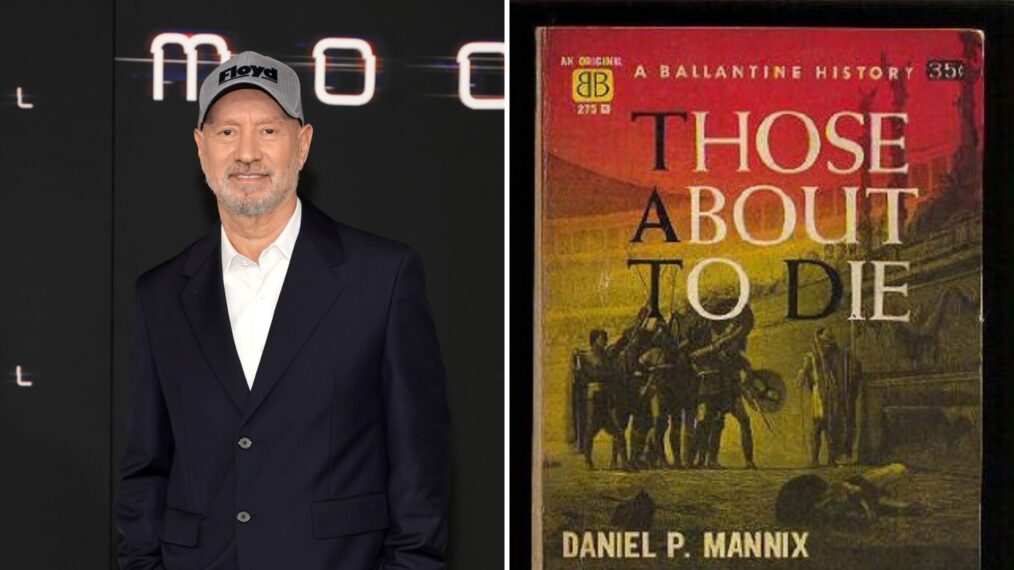In the river of stars,
waves crash
and burn –
a dance of particles,
unseen,
unfelt,
unknown.
Neutrons,
like murmurs,
collide in the night,
absorbing the call
to shift,
transform,
assume –
a new weight,
not decay
but growth
reversing the flow
to dampen a storm.
From the heart
of a star
to the soul
of a world.

This poem is inspired by recent research, which has looked to neutron stars to reduce nuclear waste.
A significant challenge in the adoption of nuclear energy is the management of nuclear waste, which remains radioactive and hazardous for extremely long periods. Transforming these waste products into more stable forms is an ongoing scientific challenge, as current methods to achieve this are not yet practical for widespread application.
Scientists have now advanced a technique, inspired by insights from observing gravitational waves emanating from merging neutron stars, to make nuclear waste safer by adding neutrons to unstable elements – a process known as transmutation, essentially the reverse of nuclear decay. This transforms the waste into safer, heavier versions of itself. While previously hard to measure accurately, researchers can now estimate transmutation by observing how much selenium, a nuclear waste byproduct, does not change when bombarded with neutrons. Despite not seeing transmutation directly, their method accurately infers it, paving the way for cleaner nuclear energy. The applications of this discovery are considerable, potentially revolutionising nuclear waste treatment facilities as well as providing insights into the formation of heavy elements within the cosmos.
























































